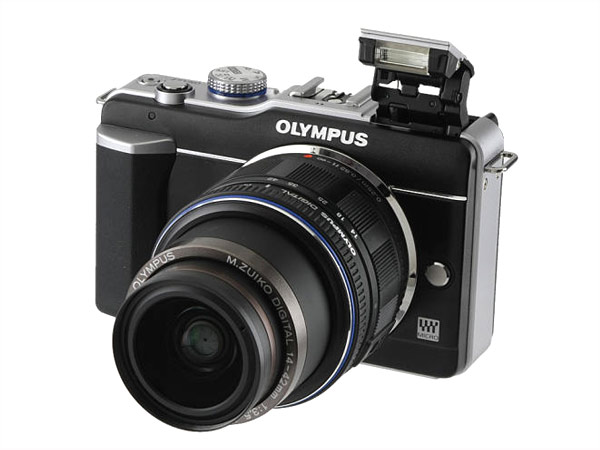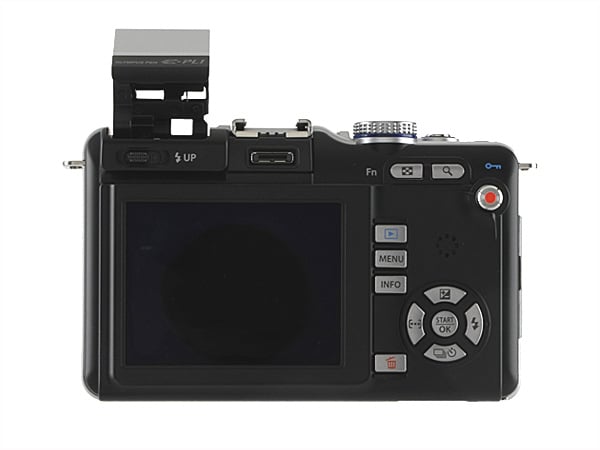The Four Thirds system is perhaps the most state of the art in camera technology, which provides a standard for design of compatible interchangeable lenses and compact cameras/camcorders by different manufacturers adhering to the system. The Micro Four Thirds system, in its regard, does not provide space for a mirror and a pentaprism, allowing smaller bodies to be designed. This technology is native only to companies like Olympus and Panasonic. Olympus, for instance, comes out with the PEN range, which comprises of small compact cameras with features that could easily equal SLRs. The Olympus PEN E-PL1, which is a 12.3 mp camera, which uses no pentaprism, unlike an SLR and wherein there is nothing between the lens and the image sensor.
Design and FunctioningDesigned like a much smaller version of an SLR, the Olympus PEN E-PL1 is a versatile compact camera. The Olympus E-PL1 is a more affordable mass-market camera, with a plastic rather than metal chassis, smaller and lighter body, and a redesigned user interface that’s simpler to use. Its easy-to-understand, non-technical Live Guide provides direct on-screen control over key image effects like depth-of-field and sharpness, while the addition of a built-in flash makes the E-PL1 more versatile in low-light. The camera's Mechanical Image Stabilization automatically compensates for camera shake in low-light situations or when using a telephoto lens. Its Face Detection function reduces the chance of blurry faces when shooting groups of people—up to eight subjects at once—even if they're moving. The ePortrait Scene-Select mode is useful for smoothing out the facial features of the subjects, which is a tremendous plus for High Definition video playback. This camera is compatible with SD/SDHC cards.








